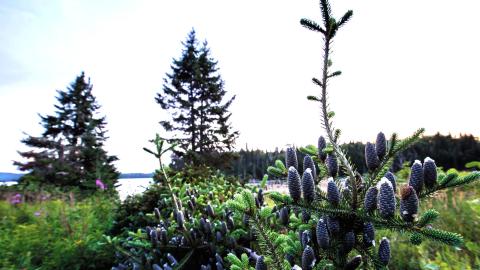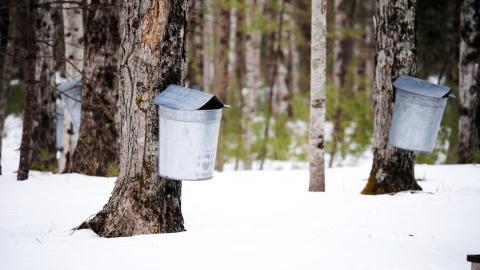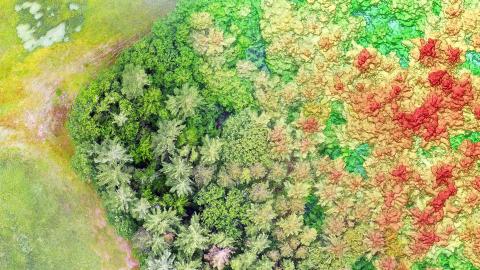NHAES INSPIRED Forestry Report, Winter 2023
New Hampshire is a state where forests abound. Close to 80 percent of the Granite State is covered by forest, serving as the lifeblood for plants, animals, people and communities alike.
The research briefs in this report cover a diverse set of issues and exciting opportunities for managing forests in the Granite State and northern New England. The topics include exploring management strategies to best integrate agricultural and forestry practices, gaining a better understanding of beech bark disease, assessing the viability of producing alternative syrups, using new aerial technologies for more cost-effectively measuring changes in forested lands, to name just a few.
Read and download a pdf version of the entire publication, or check out the individual INSPIRED Forestry research articles. And sign up for the NHAES newsletter to receive the latest updates on future editions of the INSPIRED research report.

Sign up by Feb. 10, 2023, for your print and/or digital copy of the Inspired Forestry Research Report today!







